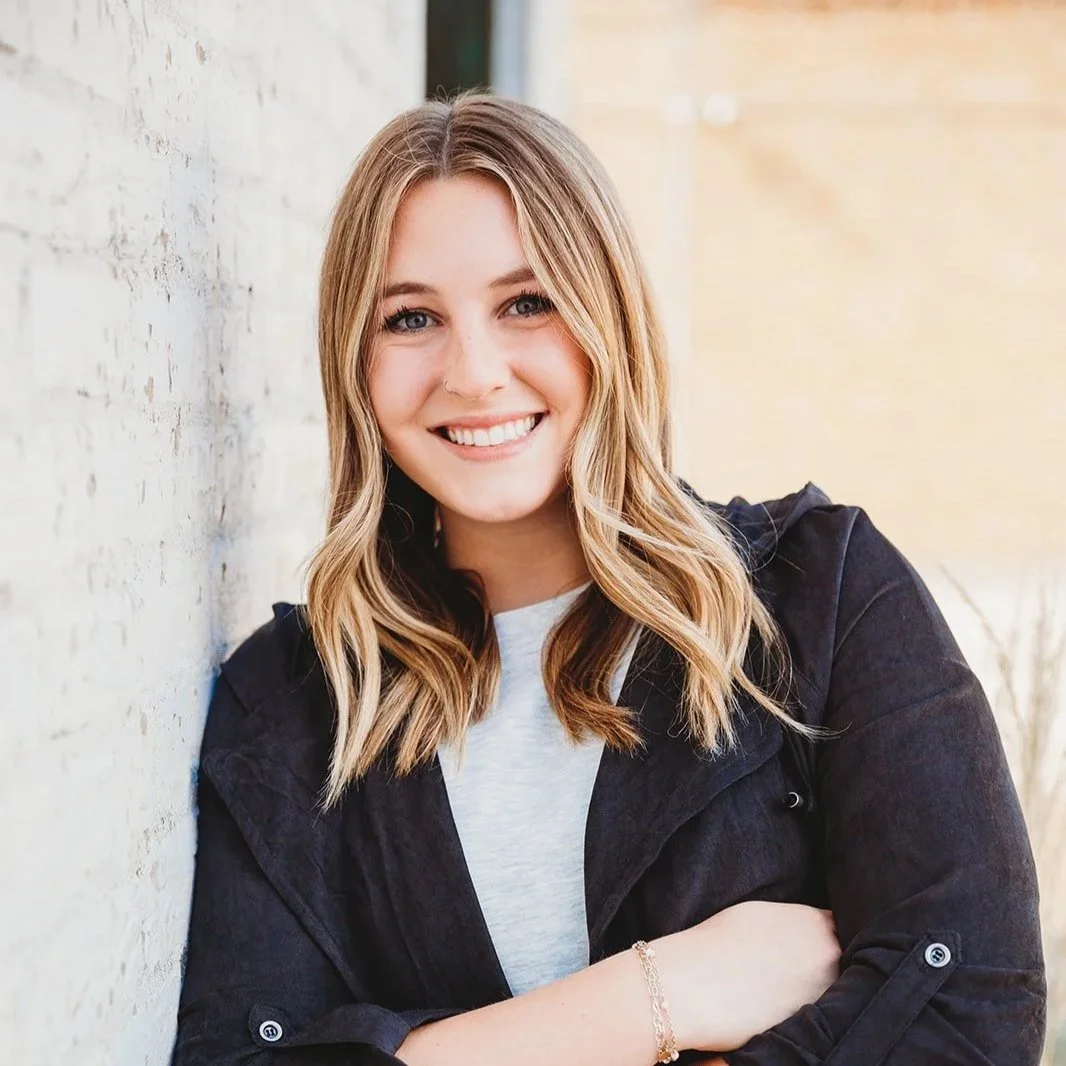Encouraging Language Development Through Play
JORIE HOLSTEN, MS, SLP
At Prairie Grit Therapy, one of the most frequent questions I hear from parents is:
“What can I do at home to help my child talk more?”
The answer? Play.
Play isn’t just how kids have fun—it’s how they learn. And it’s one of the most powerful tools we have for building language. Whether your child is just starting to babble or working on longer sentences, meaningful language development happens when you engage, respond, and follow their lead through play.
Let’s talk about why this matters, how to support language growth by age, and what toys and strategies can make a difference today—right on your living room floor.
Why Play-Based Learning Works
Play is a child’s natural way of exploring the world—and language is the bridge between their thoughts and actions. When a child plays, they label objects, narrate actions, solve problems, and engage socially. In speech therapy, we use these moments of curiosity and creativity to build vocabulary, sentence structure, and social communication.
When parents understand that play is language, they unlock new ways to support their child every single day.
What to Do at Different Ages
Infants (0–12 months)
Infants are just beginning to learn that sounds have meaning. They’re tuned into your voice, facial expressions, and gestures.
Support language with:
Face-to-face talking and singing
Repetition of simple sounds
Peek-a-boo and pat-a-cake
Imitating babbles and coos
Milestones to watch for:
Babbling by 6 months
Responding to name
Looking where you point
Try this:
Narrate daily routines with simple phrases like, “Up we go!” or “Bath time now.”
Pause during songs to encourage vocalization or eye contact.
Toddlers (1–3 years)
Language starts to take off during the toddler years. This is a great time to expand vocabulary and start building two- and three-word phrases.
Support language with:
Labeling everything during play
Pretend play with dolls or food
Simple choices: “Juice or milk?”
Describing what you and your child are doing
Milestones to watch for:
Using 50+ words by age 2
Combining words (“more juice”)
Following simple directions
Try this:
Use a toy kitchen to model phrases like, “Cut the apple” or “Stir the soup.” When your child says one word, expand it: “Dog” becomes “Big dog!”
Preschoolers (3–5 years)
Preschoolers begin using language for storytelling, problem-solving, and asking complex questions.
Support language with:
Open-ended questions: “What should we build next?”
Taking turns in conversation
Acting out stories with figurines or puppets
Sequencing daily routines
Milestones to watch for:
Speaking in full sentences
Telling short stories
Understanding basic concepts (colors, shapes, time words)
Try this:
Set up a pretend store or doctor’s office. Ask your child to describe what’s happening. This strengthens vocabulary, social language, and narrative skills.
At-Home Tips to Boost Language Development
Narrate the day. Talk about what you’re doing and what your child sees.
Pause and wait. Give your child time to respond—even a gesture or sound counts.
Follow their lead. Let your child choose the toy or activity—it increases engagement.
Expand on their words. “Ball” becomes “Big red ball.”
Limit screen time. Face-to-face interaction is key to building real-life communication skills.
Favorite Toys That Encourage Language
You don’t need a closet full of fancy toys. Focus on open-ended options that spark imagination and conversation:
Animal or people figurines
Blocks and building sets
Pretend kitchens, doctor kits, and toolboxes
Cars, ramps, and tracks
Books with predictable text or repetitive phrases
Any toy that inspires interaction and pretend play can become a powerful language tool.
When to Seek Help
If your child isn’t meeting developmental speech or language milestones, early support can make a significant difference. We encourage families to use our Developmental Milestone Checklist to determine if an evaluation is the right next step.
Final Thoughts
Play is how children explore their world—but it’s also how they connect, express themselves, and grow. Every time you label a toy, narrate a pretend picnic, or ask, “What should happen next?” you’re helping build a strong foundation for communication.
And if you need more personalized support, Prairie Grit Therapy is here for your family. Our team of speech-language pathologists creates play-based, engaging sessions tailored to your child’s needs—so therapy feels fun and leads to real progress.


